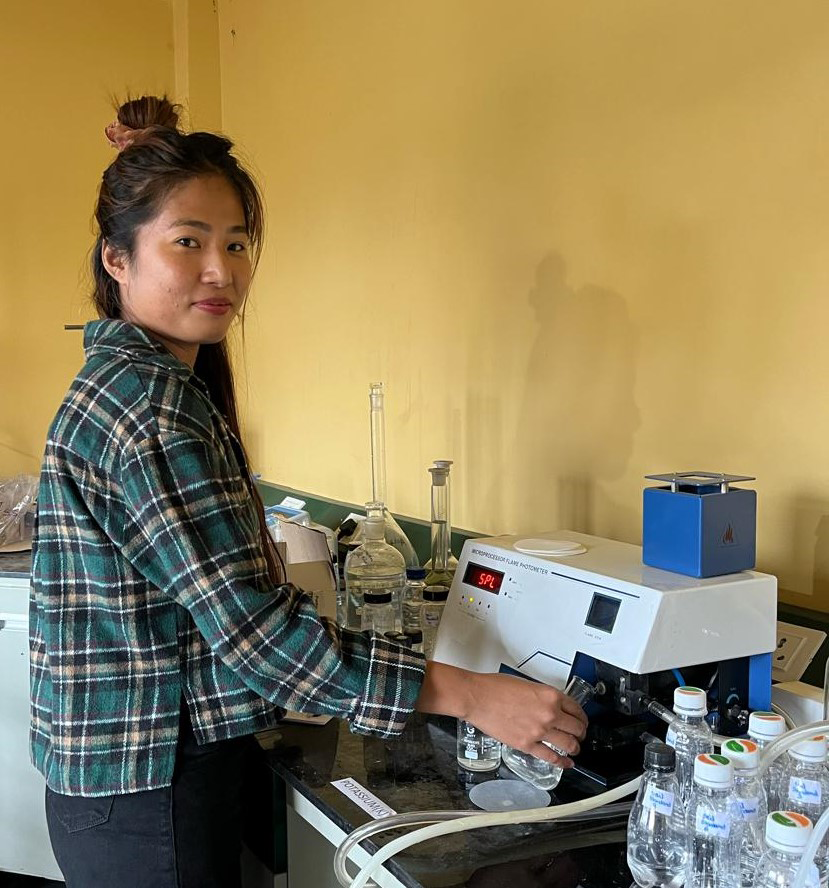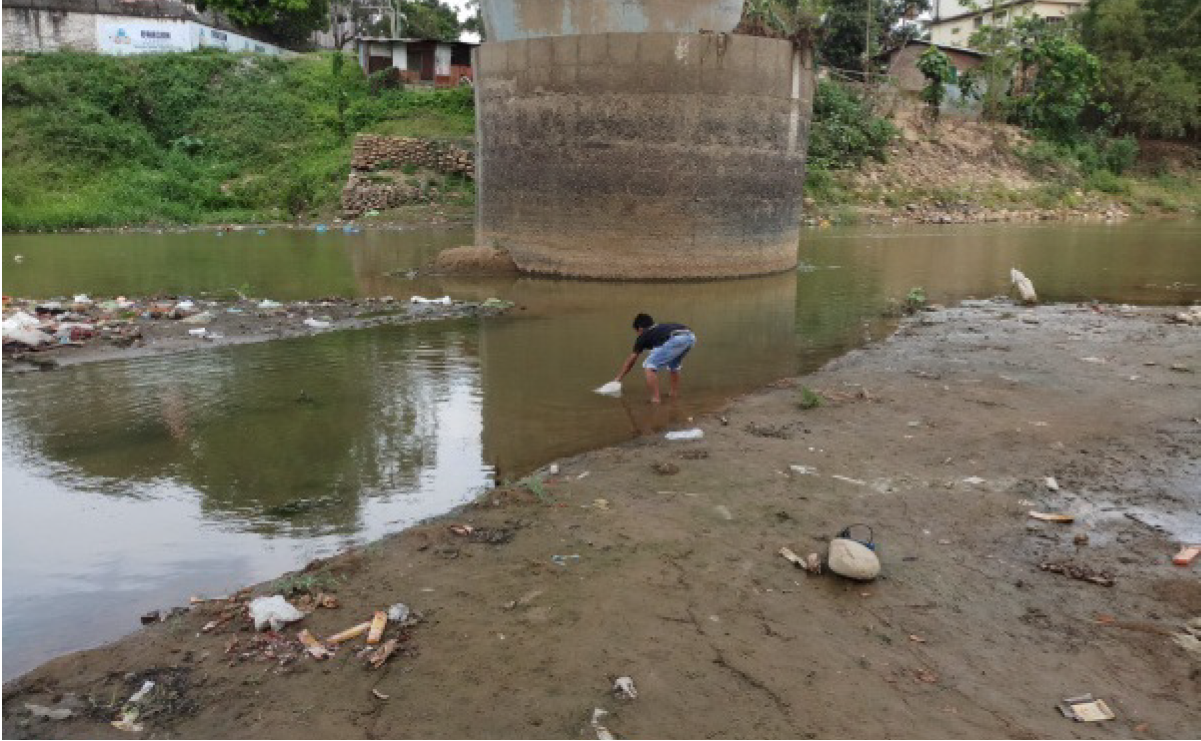Researchers from Nagaland University have undertaken a comprehensive study on the pollution status of the Dhansiri River—a major river in Northeast India—across all four seasons of the year, and have developed policy recommendations for its revival.
This study focuses on a largely overlooked river system in the region and addresses a critical research gap by highlighting a lesser-known, yet ecologically and culturally important water body.
The Dhansiri River is experiencing increasing pollution due to anthropogenic activities such as urbanisation, municipal discharges, agricultural runoff, and inadequate domestic waste management. These factors have significantly degraded the river’s water quality. To assess the situation, researchers evaluated seasonal fluctuations in physicochemical parameters at three specific points along the river—upstream, midstream, and downstream—and calculated the seasonal Water Quality Index (WQI) to determine the water’s potability for human use.
The research was led by Dr M Romeo Singh, Associate Professor, Department of Botany, Nagaland University, and employed the WQI technique to evaluate the river’s water quality across different seasons.
The team’s report recommends the relocation of dumping sites, prohibition of direct waste disposal into the river, adoption of advanced wastewater treatment technologies, improvement of drainage infrastructure, and the establishment of strong regional water management policies. Additionally, community awareness and regular monitoring were emphasized as vital steps for the river’s rehabilitation and for ensuring safe water for surrounding populations.

Dr. M. Romeo Singh, Associate Professor, Department of Botany, Nagaland University
Expanding on the study, Dr. Singh said, “This research serves as an essential basis for the sustainable restoration of the Dhansiri River and other neglected water bodies in India. If implemented, the recommendations could initiate a new model for river restoration—combining scientific understanding, community involvement, and policy reforms to benefit society and improve resilience to environmental stress.”
He further added, “Implementing the proposed measures could significantly enhance the wellbeing of local communities and contribute to national environmental health. Cleaner water would reduce disease risks and support sustainable agriculture by providing safer irrigation. Controlling pollution would also aid ecological restoration, thereby improving biodiversity and the natural ecosystem. Future research will look into biological indicators for bioassessment and investigate heavy metals and emerging pollutants in later phases.”

A Nagaland University Researcher taking Water Samples of the Dhansiri River as part of a project to measure its Water Quality
The study analysed water samples throughout the year and examined 16 physicochemical parameters, offering detailed insights into seasonal changes driven by climatic factors. The Weighted Arithmetic Index (WAI) method was used, assigning different weights to each parameter based on its impact on health and water quality. This quantitative approach offers a more precise evaluation compared to unweighted indices.
Findings revealed that several water quality indicators, such as turbidity and total alkalinity, exceeded both national and World Health Organization (WHO) guidelines—particularly during summer months. The downstream section was most severely affected, categorising the water as ‘non-potable’ and ‘unfit for human consumption’, underscoring the urgent need for intervention.
Download Nagaland Tribune app on Google Play

While water quality improved during winter, it declined sharply in summer due to increased runoff and high temperatures, which negatively impacted parameters like total dissolved solids (TDS), turbidity, and biochemical oxygen demand (BOD). Turbidity levels exceeded the safe limit in all seasons, and total alkalinity also crossed acceptable levels in winter.

A Nagaland University Researcher conducts tests on Water Samples taken from Dhansiri River as part of a project to measure its Water Quality
By examining the river at three geographical points, the study also documented the spatial distribution of pollution, particularly the accumulation of contaminants downstream. The research identifies key human-induced stressors—including urban waste, religious activities, urban runoff, and sand mining—establishing a strong basis for focused policy action.
The findings set a valuable precedent for river water quality studies in neglected areas and provide actionable insights for environmental governance.
Some of the research findings were earlier published in the International Journal of Environmental Science and Technology in 2022 (DOI: https://doi.org/10.1007/s13762-021-03897-9).

